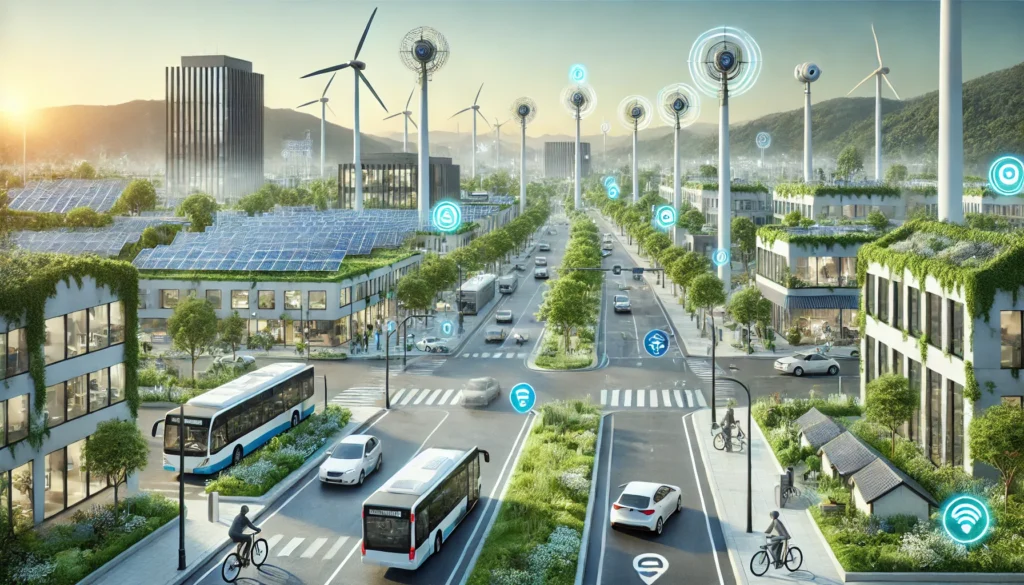Introduction: The Emergence of Climate Justice Movements
In the 21st century, the fight against climate change has evolved beyond scientific discourse into a moral and social imperative. Climate justice movements are at the forefront of this shift, emphasizing the need to address the disproportionate burdens of climate change borne by vulnerable communities. These movements, fueled by collective action and innovative strategies, are reshaping global conversations and policies.
Understanding Climate Justice
The root of climate justice is in the principles of equity and fairness. Climate change touches every corner of the globe, but its impacts are not distributed equally. The least responsible for causing emissions, as well as those with the fewest resources, are usually those most affected. Rising seas flood coastal communities, while intensifying droughts challenge arid regions.
It addresses climate justice by acknowledging that such disparities must be included and balanced in order to ensure equitable solutions. That is, balance environmental action with social equity. In other words, no community must be left behind in a transition to sustainable living.
Well-known Climate Justice Movements
Some have become synonymous with the push for climate justice, such as Friday for Future activists inspired by Greta Thunberg who have mobilized millions of youths around the globe. Their strikes in school to call for urgency in addressing climatic change raise pressure on politicians to act expeditiously.
Extinction Rebellion has taken a more disruptive approach, using civil disobedience to demand systemic change. Their bold tactics have sparked debates about the role of protest in driving progress.
Grassroots movements across the Global South bring different faces to the fray. Communities around Sub-Saharan Africa and Southeast Asia face immediate climatic risks that call for solutions on their terms and conditions. In this regard, these movements give the world a reminder that the climate justice concern is a worldwide issue that must be represented in diverse voices.
Role of Technology and Social Media
Technology has revolutionized activism, making it more accessible and impactful. Twitter and Instagram give a voice to activists and allow them to connect with a global audience. Using hashtags such as #ClimateJustice and #ActNow, these voices are ignited and conversations start to take place, raising awareness and encouraging people to participate.
Online communities are a means for activists to share strategies, organize events, and build solidarity across borders. Crowdsourced campaigns and virtual protests have proven the might of digital tools in fostering global mobilization.
Challenges Faced by Climate Justice Movements
Despite their achievements, climate justice movements face significant hurdles. Political resistance often comes from governments and industries with vested interests in maintaining the status quo. Misinformation campaigns sow doubt, undermining public trust in climate science and activism.
Movements also face the challenge of balancing local and global actions. In dealing with immediate community needs, they must also work towards systemic changes that cut across borders. This dual focus requires resources, coordination, and resilience.
The Intersection of Social Justice and Environmental Advocacy
Climate justice is inextricably linked to broader social justice issues. Racial and economic inequalities amplify the effects of climate change, as disadvantaged groups often live in areas most vulnerable to environmental degradation. Gender disparities further compound the problem, with women in many regions disproportionately affected.
The formation of alliances between environmental and social justice movements helps to build stronger collective power. This is because such movements share similar goals, like reducing inequality and promoting inclusivity, thus bringing about a more unified front in meaningful change.
The Path Forward: Ensuring Inclusive and Equitable Climate Policies
To integrate climate justice into the global agenda, policies must be inclusive. Governments and organizations should involve marginalized communities in decision-making processes to ensure that their voices shape solutions. Financial mechanisms, such as climate funds, can support vulnerable nations in adapting to climate impacts.
Education and awareness are just as important. By instilling a better understanding of climate justice in future generations, society can create a culture of accountability and empathy. This is the beginning of long-term change, making sure that climate action benefits everyone.
Conclusion: A Collective Call to Action
The global awakening through climate justice social movements has made us realize that this movement is a constant reminder that the fight for climate action is a moral imperative and not just an environmental one. It’s in the collective voice of people with diverse interests, and through unity, these movements bring hope to a future in which both the people and the planet prosper.

